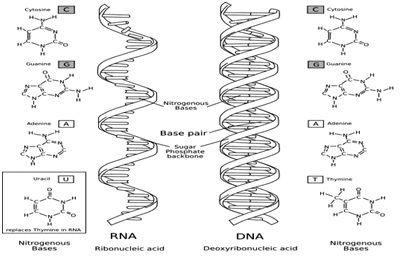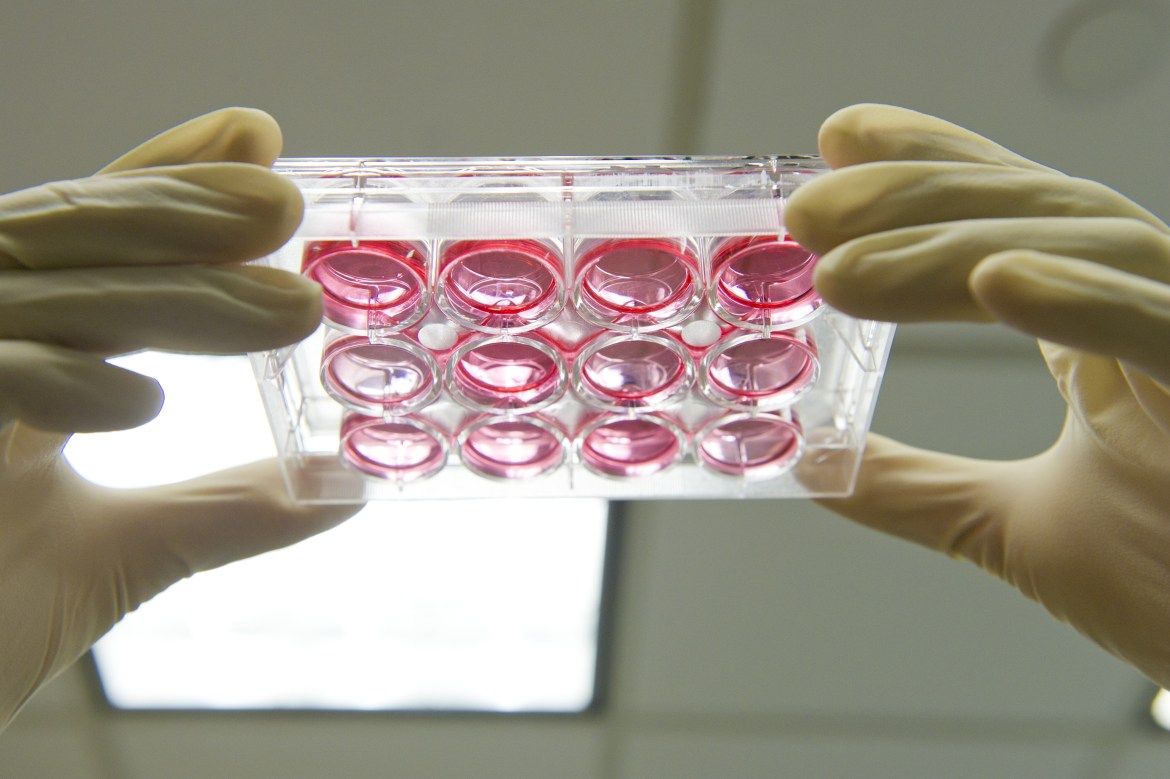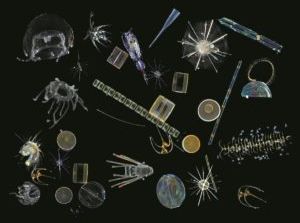The question is not whether disruptive technologies will transform the healthcare job market, but rather how and when will it happen. Healthcare navigators, augmented/virtual reality operation planners and nanomedicine engineers in the second part of my article series about future jobs in healthcare.
Chan Zuckerberg Biohub
Posted in biotech/medical
The Chan Zuckerberg Biohub, a non-profit medical research organization started by Priscilla Chan and Mark Zuckerberg (and not to be confused with the Chan Zuckerberg Initiative, a limited liability corporation to advance human potential) today announced it would be doling out a total of $50 million to its first cohort of disease investigators.
The Biohub brings together Bay Area universities including the University of California, Berkeley; the University of California, San Francisco; and Stanford. One of the keystones to this collaboration effort is the investigative program.
Feb. 7 (UPI) — Astronomers at the University of Warwick have located a white dwarf pulsar — the first of its kind.
Until now, pulsars have been the domain of neutron stars. First discovered by astronomers in the 1960s, the binary stay systems are characterized by rhythmic blasts of electromagnetic radiation.
The newly identified white dwarf pulsar is called AR Scorpii, or AR Sco. It’s located in the constellation Scorpius, 380 light-years from our solar system.
Feb. 3 (UPI) — A new image from the Hubble Space Telescope displays the beauty of a stellar death — in this case, the death of a low-mass star, similar to our sun in size.
Once a red giant, the star is currently in a transitionary phase: It’s on its way to becoming a planetary nebula. The Hubble image reveals the star’s layers of gas and dust being shed and thrown outward. The expelled material, now forming clouds, could eventually form new stars and planets.
Astronomers rarely catch dying red giants in their transitionary phase. It will only be a few thousand years before the star is a pure planetary nebula — a blip in space time.
Forgive the source, but i saw this in the grocery store tabloid, still thought it was kind of interesting. These are the kind of people we should be trying to reach out to for life extension tech funding; their jobs are their looks, they have lots of money, and probably a million and one connections.
Agingexes Melanie Griffith and Don Johnson reunited at a mysterious German clinic with ties to a controversial doctor specializing in “fountain of youth” cures — including stem cell therapy!
In a bombshell exclusive, Radar caught the couple making a hush-hush visit to the ultra-private ACQUA Klinik in Leipzig — and Don’s wife was nowhere in sight!
There, they met with Dr. Augustinus Bader, a professor of stem cell technology who’s reportedly developed a “miracle” cure for aging. The visit also ignited speculation Melanie, 59, and Don, 67, may be rekindling their relationship — for the third time!
To understand 1st how to solve things like cancer, or other immune deficiency disorders, or to solve the human system’s other mysteries; one must understand DNA v. RNA.
DNA is a deoxyribonucleic acid and is a hereditary material in all living organism. It is located in the nucleus of cell which is known as nuclear DNA. But small amount of DNA is also found in the mitochondria known as mtDNA or mitochondrial DNA whereas RNA is ribonucleic acid present in all living cells. It carries instructions from DNA which controls the synthesis of proteins but in some viruses RNA, instead of DNA carries the genetic information. Do you know who had reported first time nucleic acids in 1871 — Friedrich Miescher from nuclei of pus cells.

Source: www.static.diffen.com
How Genetics define the hereditary characteristics of human?
Yesterday, I shared the new cancer research discovery by Prof. Samie Jaffrey and his team. The following provides additional details on their discovery.
The human body is made of trillions of cells. Each fulfills a specific purpose, undergoes tremendous wear and tear and is eventually replaced. Despite extensive research, some questions related to protein production that fuels this simple process have gone unanswered. Fascinated by these intricacies, Prof. Samie Jaffrey, pharmacology, may have found part of the answer.
Jaffrey and his team discovered that messenger RNA molecules, responsible for conveying genetic information to protein producers in the cell, have special features that predetermine how much protein they generate. The discovery could provide scientists with a greater understanding of the causes of cancer and ways of regulating it.
“Over the past few years we have found that methylation [deposition of methyl groups] inside the mRNA can have effects on translation [the process of translating genetic information to physical protein production] and stability,” Jaffrey said.
By Jonathan Latham, PhD
Test your understanding of the living world with this simple question. What kind of biomolecule is found in all living organisms? If your answer is “DNA”, you are incorrect. The mistake is very forgiveable though. The standard English-language biology education casts DNA (DeoxyriboNucleic Acid) as the master molecule of life, coordinating and controlling most, if not all, living functions. This master molecule concept is popular. It is plausible. It is taught in every university and high school. But it is wrong. DNA is no master controller, nor is it even at the centre of biology. Instead, science overwhelmingly shows that life is self-organised and thus the pieces are in place for biology to undergo the ultimate paradigm shift.









